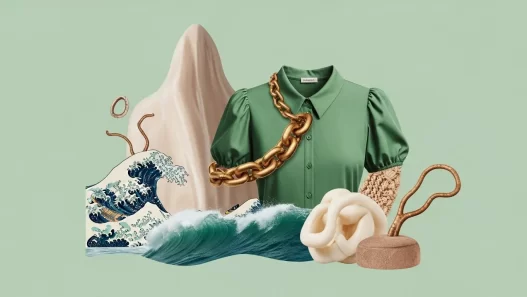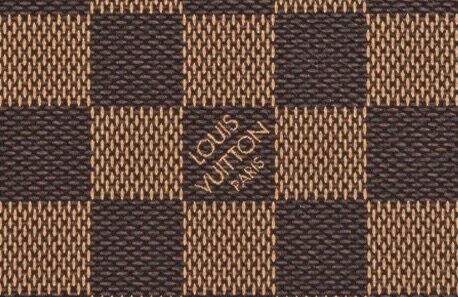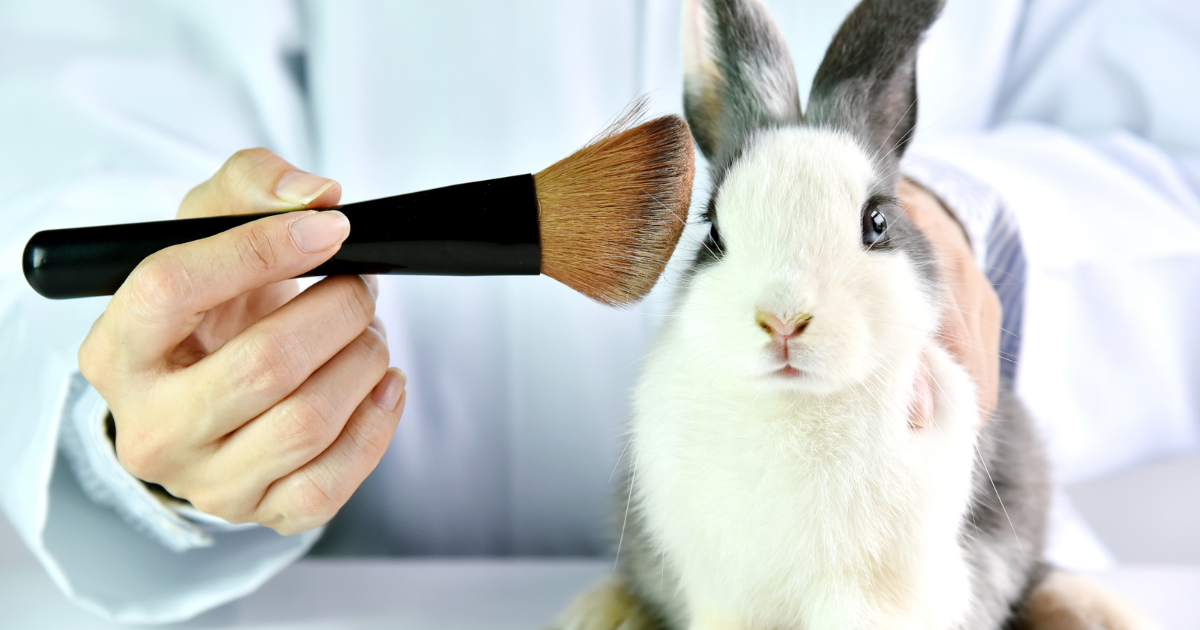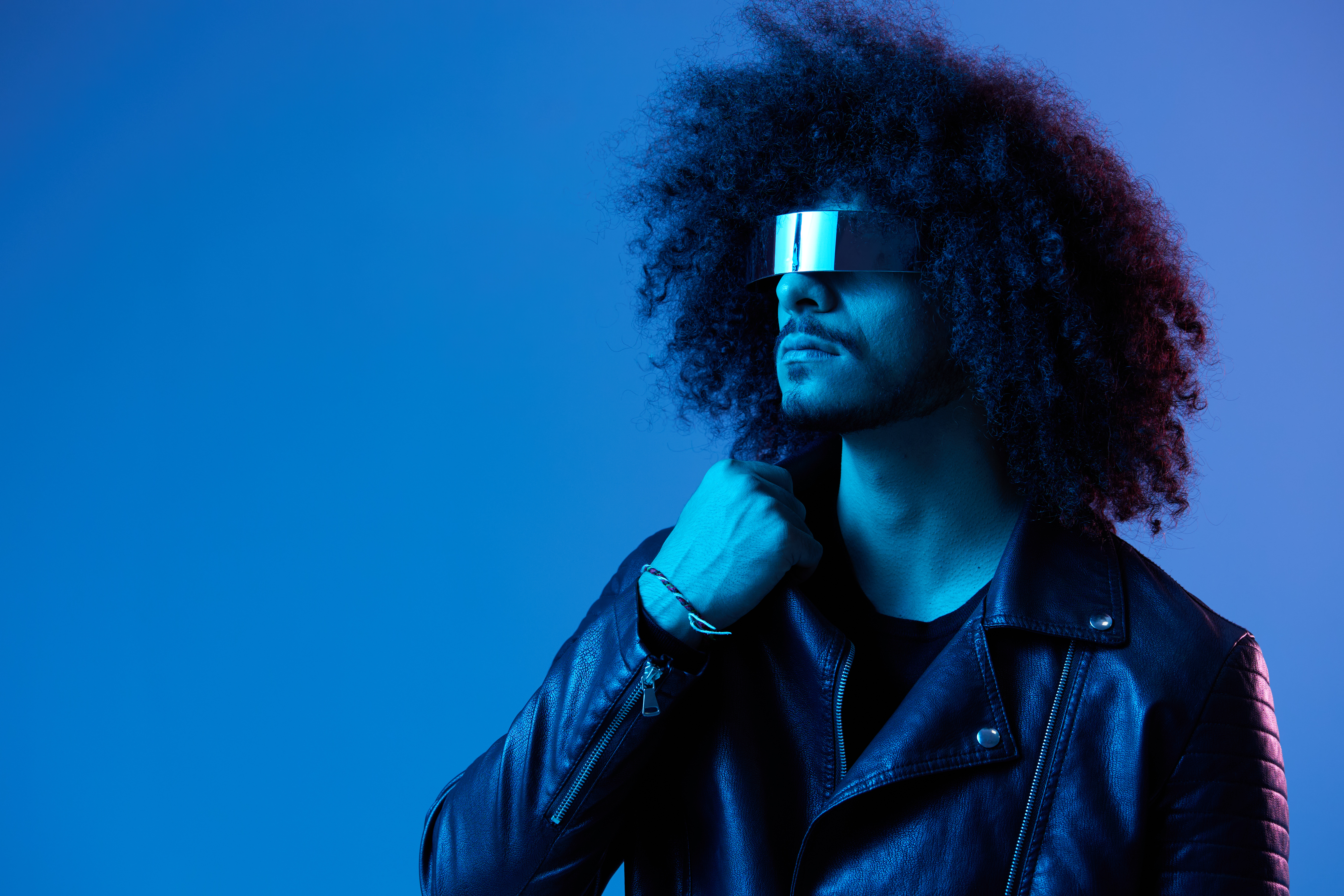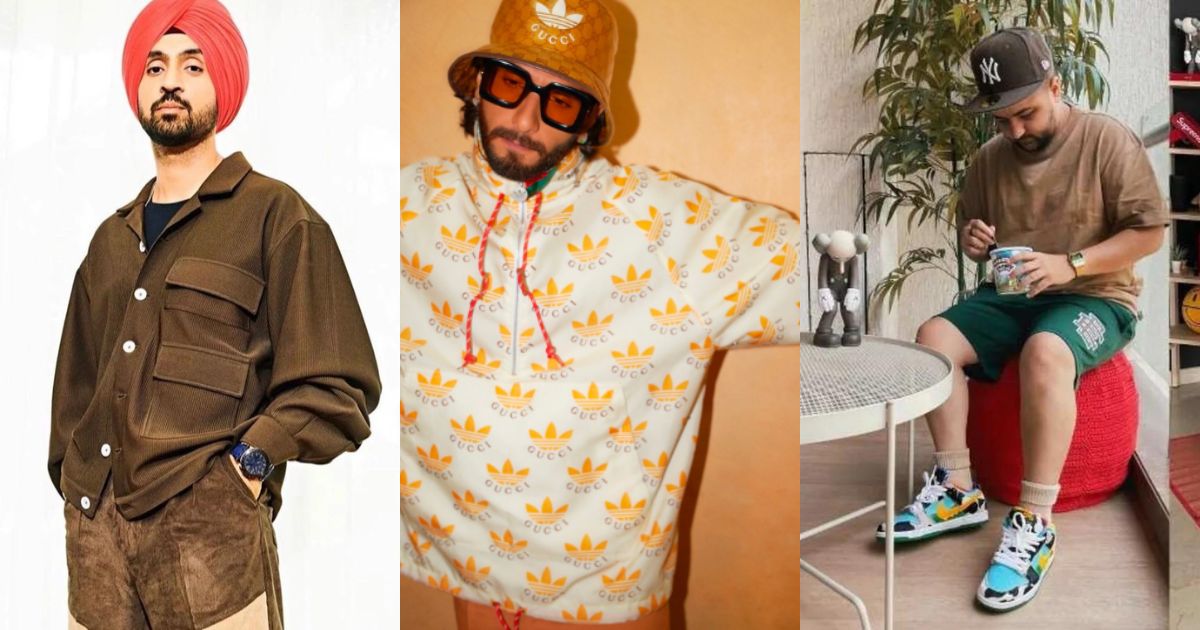Disclaimer: The article mentions the Law applicable to Jurisdiction of India
The era of digital avatars is more prominent in our lives than the movie ‘Avatar’, as we know it. The advent of the virtual world brings with it the advent of virtual entities as well.
In this article we discuss and talk about one such entity, the entity known as ‘virtual influencers’.
As Tome Freston, the co-founder of MTV said, “Innovation is taking two things that exist and putting them together in a new way.”
Influencers as we know it are persons who have gained by way of social media following an influence over their followers and audience at large by way of the endorsements they choose to do and the lifestyle and information they exchange on a daily basis with their followers.
Impact on Fashion Industry
The virtual influencer phenomenon has had a profound impact on the fashion industry. One of the most notable effects is the transformation of marketing strategies. Brands are increasingly turning to virtual influencers to reach their target audiences, recognizing the ability of these digital personas to consistently deliver curated content and engage with followers. This shift has led to innovative approaches to fashion advertising, such as virtual fashion shows and exclusive digital events. The fashion industry’s adaptation to virtual influencers reflects the need to stay relevant in an increasingly digital world.
Furthermore, virtual fashion influencers have played a role in shaping fashion trends. These digital entities often present avant-garde styles and embrace creative expressions that may not be feasible for real-life influencers. As a result, they influence consumer preferences and encourage experimentation in fashion choices. Additionally, virtual influencers are not bound by traditional fashion constraints, such as seasonality, allowing them to promote evergreen styles and products. The fashion industry has had to adjust to this new dynamic, emphasizing adaptability and innovation to cater to the changing tastes of virtual influencer-led audiences.
Engagement and Interactivity
Virtual influencers have redefined engagement and interactivity in the influencer marketing sphere. Unlike human influencers, virtual influencers can be available to interact with their followers 24/7. Through the use of artificial intelligence and chatbot technology, they can engage in personalized conversations, answer queries, and provide recommendations in real-time. This level of accessibility and responsiveness enhances the user experience and fosters a sense of connection between the virtual influencer and their audience.
Personalization is a key element of virtual influencer engagement. These digital personas can analyze user data to tailor content and recommendations to individual preferences. For example, a virtual fashion influencer can suggest clothing items based on a user’s style history or offer makeup tips specific to their skin tone. This level of customization has the potential to significantly impact consumer behavior, as users feel that they are receiving personalized attention and guidance. Brands are capitalizing on this interactivity by forging deeper connections with their target demographics and enhancing brand loyalty.
Legal Landscape of Virtual Influencers
How does one look at the world of virtual influencers by way of a legal lens and what does it entail in the world at present to have a substantial following – mostly of real people- but basically that for a bot which is a fashion influencer?
At the outset, there are two major legal concerns that arise when a ‘virtual fashion influencer’ to a fashion bot as an influencer comes into play. That of fair disclosure that the ‘real’ world audience knows that it’s a bot / virtual influencer that they are viewing or interacting with so as to determine a regulation for influencer endorsement towards marketing and advertising. And the second is that, of the intellectual property of the character so created by way of a code. This includes nuances such as copyrights for the virtual fashion designers in terms of their outfits, the software code in question, and the other design that may be involved
To take up the first concern, of regulation for influencer endorsement/s, the Ministry of Consumer Affairs, Food, and Public Distribution through its Department of Consumer Affairs, has issued a set of guidelines called the ‘Endorsements Know-hows!’, for social media celebrities, influencers, on January 20, 2023. It is rather interesting to note that, these guidelines follow closely after the Guidelines for Prevention of Misleading Advertisements and Endorsements for Misleading Advertisements, 2022, issued under the Consumer Protection Act, 2019 as of June 9, 2022. False advertising claims are another facet of consumer protection in the virtual influencer domain. Virtual influencers wield significant influence over their followers, and their endorsements can sway purchasing decisions. If a virtual influencer makes false or exaggerated claims about a product or service, it can lead to financial harm for consumers. Consumer protection laws serve as a legal mechanism for addressing such deceptive practices and holding accountable those responsible for misleading advertising. The enforcement of these laws ensures that consumers are not duped into making uninformed choices based on virtual influencer endorsements, thereby upholding consumer trust and welfare.
To give you a very relevant sneak peek into the context of who these Influencers are. As per the Endorsement Know-how, the following shall come under the definition of Influencers:
‘Influencers’ – those who have access to an audience and the power to affect their audiences’ purchasing decisions or opinions about a product, service brand, or experience, because of their authority, knowledge, position, or relationship with their audience.
‘Virtual influencers’ – fictional computer-generated ‘people’ or avatars who have the realistic characteristics, features, and personalities of humans and behave in a similar manner as influencers.
‘Celebrities’ – famous personalities, including in the entertainment or sports industry, who have the power to affect the decisions or opinions of the or opinions of their audience.
It is thus the Virtual influencers, such as the Virtual fashion influencers, – @Kyraonig , @lilmiquela , @noonoouri , @shudu.gram , @bermudaisbae etc. which are created using AI and CGI (Computer Generated Imagery) technology. Designed to appear and can be further modified to behave like real-life human influencers. With such targeted curated they obviously have the influence or power to have an impact on people which can further determine the behaviour and choices of people or their followers.
The guidelines clearly speak of when to disclose such information. That is, when there is a material connection between an advertiser and a celebrity/influencer that may affect the weight or credibility of the representation made by the celebrity/influencer. It has been further defined what are material connections thereof. And in this particular situation, we speak of a computer-generated curation that endorses or recommends one product, etc., and sells a lifestyle that will mislead few to many if it is understood as a real human living that life or sending out such recommendations.
And most importantly failure to not comply with the Endorsement Know-How guidelines leads to a ‘warning’ stipulating that “Failure to disclose any material connection or non-compliance of the Consumer Protection Act 2019 and Rules made thereunder would make such violators liable for strict action under the law”. In consequence, due to the applicability of the Consumer Protection Act, 2019, celebrities, influencer or virtual influencer can be liable for penalties which may extend to Rupees. 10 Lakhs. They also as face the risk of getting prohibited from making endorsement of any product or service for up to one year, (which may be extended up to three years for every subsequent contravention, per Section 21 of the said Consumer Protection Act).
It is important to know when we follow a human influencer versus a very fashionable bot informing us about the latest trends in fashion, luxury and lifestyle. To this is of eminence that brands such as Nike, Calvin Klein, and Samsung have already partnered with a virtual influencer named Lil Miquela. So next time when you see that perfect hair and skin and fits, do remember all that glitters may not be gold!
The world of Virtual fashion influencers also brings with them another question of ownership of the creative rights of such characters crafted on a computer programme. They trigger the concept of patents for their codes as written under software patents. The nuance of Copyright laws for the designer clothes and the designs of the outfits. The IP on the characters as created should they go for cross-brand endorsements or be featured on other platforms other than Instagram, say in a series or movie as a character which they are etched out to be.
Ethical Considerations
Ethical considerations surrounding virtual influencers extend beyond legal compliance. The use of virtual entities to influence consumer behavior raises profound questions about authenticity and transparency. While disclosure regulations are in place, there’s an ongoing debate about the extent to which virtual influencers should reveal their digital nature. Some argue that virtual influencers should be upfront about their non-human status to maintain ethical standards, while others assert that maintaining the illusion of humanity is integral to their appeal. Moreover, the potential for virtual influencers to deceive vulnerable or impressionable audiences adds another layer of ethical complexity. Society must grapple with the implications of a digital world where the lines between reality and virtuality continue to blur.
Another ethical concern centers on the impact of virtual influencers on traditional employment within the influencer industry. As virtual influencers gain popularity, they compete with real-life influencers for brand collaborations and endorsements. This competition raises questions about the economic livelihood of human influencers who rely on social media as a profession. Ethical discussions revolve around the responsibility of brands and the influencer marketing industry to ensure fairness and inclusivity, considering the potential displacement of real-life influencers. Striking a balance between innovation and ethical responsibility is crucial as the virtual influencer phenomenon continues to evolve.
Conclusion
With the heavy influence such Virtual fashion influencers are able to create which is obviously basically a computer-generated programme can be huge in terms of followers, making brands choose between a ‘real life human’ fashion influence and/or a ‘Virtual fashion influencer’. In terms of speed of delivery, creativity of content generated, and the overall experience of dealing with Virtual influencers to carry forward a make-believe world of luxury, fashion, and style which has standards that may or may not be within the ability of real humans to maintain in the longer run.
To sum up in the words of Renowned economist, Theodore Levitt (1925-2006), “Creativity is thinking up new things. Innovation is doing new things.” That defines the world of Virtual influencers well.
Authors:

Ms. Shivaarti Bajaj, Co-founding Managing Partner for RSD Bajaj Global Law Firm. Her area of practice is Intellectual property, Data protection, Art & fashion law, Films, Advertising and social media, and TMT, with a special bent towards Emerging Technologies. She has advised extensively on the Intellectual Property Law and Data privacy and Emerging Tech space with an amalgamation of business laws and strategic advisory. Apart from her law qualifications (L.Lb), she is a Certified Qualified Indian Patent Attorney/Agent. She has completed her Masters in Biotechnology and she has also successfully completed specialisation in “Entrepreneurship in Emerging Economies, Business” from Harvard Business School (HBSX).

Founder & Editor-in-Chief, Fashion Law Journal & Legal Desire Media (among leading legal industry insights media), having experience of 10 years in Publishing, Compliances, Business Development & Marketing, closely working with over 50+ global brands, influencers & law firms in various practices for comprehensive business development solutions, empowering small firms to successfully build their brands, connect with consumers to grow their practice. Read more here



